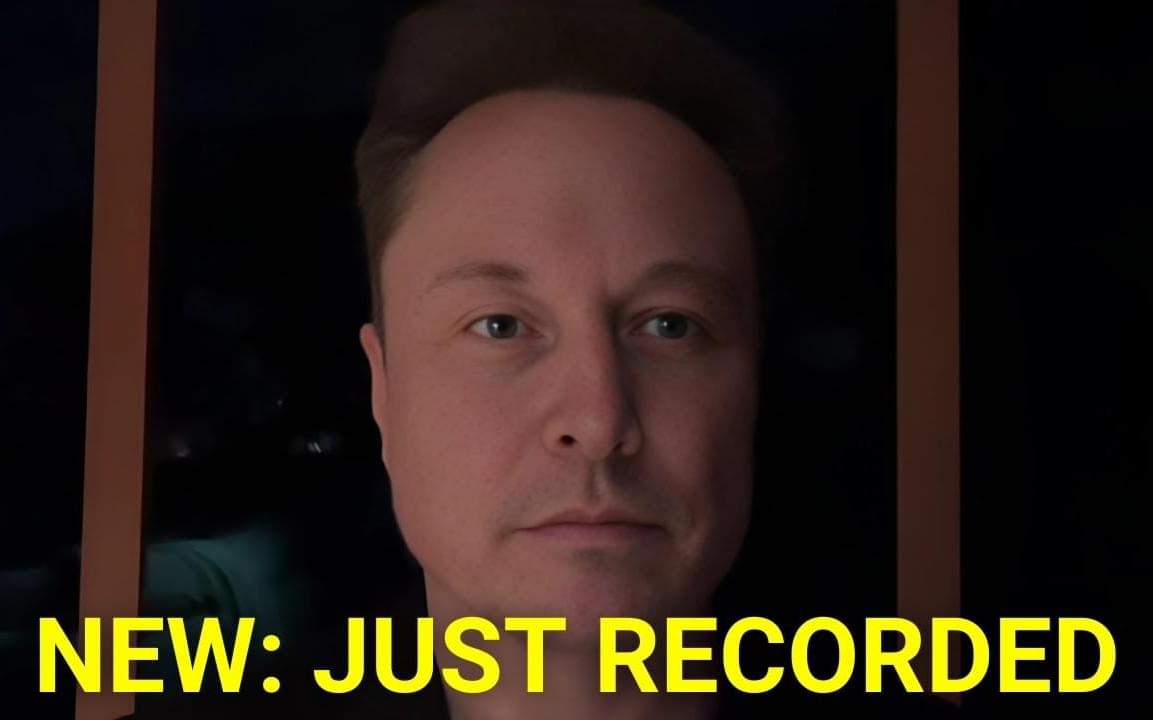En un esfuerzo por fortalecer la ciberseguridad de los consumidores, la Comisión Federal de Comunicaciones (FCC, por sus siglas en inglés) ha lanzado el programa U.S. Cyber Trust Mark. Esta iniciativa voluntaria tiene como objetivo ayudar a los consumidores a identificar dispositivos del Internet de las Cosas (IoT) que cumplan con estrictos estándares de ciberseguridad, al tiempo que incentiva a los fabricantes a adoptar mejores prácticas. Sin embargo, se aplican ciertas restricciones, especialmente en lo que respecta a productos de algunas entidades extranjeras, incluidas empresas chinas.
Los dispositivos inteligentes, como cámaras de seguridad para el hogar, rastreadores de actividad física y electrodomésticos inteligentes, se han convertido en elementos esenciales de la vida moderna. Aunque ofrecen una comodidad sin precedentes, estos dispositivos también presentan riesgos significativos de ciberseguridad, haciéndolos vulnerables a ataques informáticos.
El programa Cyber Trust Mark busca mitigar estos riesgos proporcionando una etiqueta que indique que un producto cumple con estándares robustos de ciberseguridad. La presidenta de la FCC, Jessica Rosenworcel, destacó la importancia de la iniciativa, afirmando: “Este programa no solo ayuda a proteger a los consumidores, sino que también crea incentivos para que los fabricantes prioricen la ciberseguridad.”



 SpaceX Launches Starship Flight 7 and Attempts Another Booster Catch
SpaceX Launches Starship Flight 7 and Attempts Another Booster Catch
 Become a member of NASASpaceflight’s channel for exclusive discord access, fast turnaround clips, and other exclusive benefits. Your support helps us continue our 24/7 coverage.
Become a member of NASASpaceflight’s channel for exclusive discord access, fast turnaround clips, and other exclusive benefits. Your support helps us continue our 24/7 coverage.  If you are interested in using footage captured by this stream, please review our content use policy:
If you are interested in using footage captured by this stream, please review our content use policy: 




